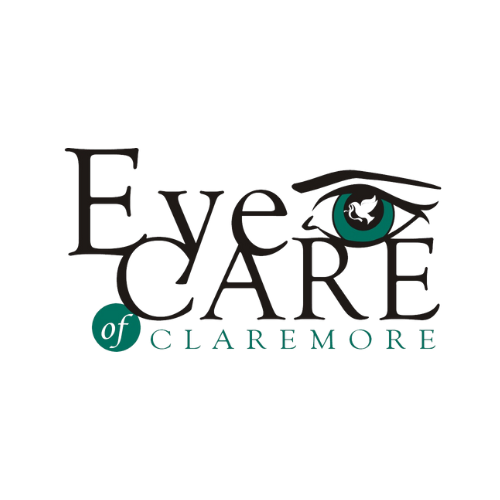Common Eye Diseases
-
Diabetic Retinopathy
Diabetic retinopathy is an ocular manifestation of diabetes, a systemic disease, which affects up to 80 percent of all patients who have had diabetes for 10 years or more. The longer a person has diabetes, the higher his or her chances are of developing diabetic retinopathy.
Despite these intimidating statistics, research indicates that at least 90 percent of new cases could be reduced. Education on diabetic eye disease and retinopathy is especially important because it is often preventable or treatable. Unfortunately, this means it can go unnoticed in the early stages. As the disease progresses, permanent vision loss is a real possibility if the patient does not receive treatment.
There are multiple forms of diabetic retinopathy, and only your doctor can determine your particular form. With one form, blood vessels may swell and leak fluid. In another, abnormal new blood vessels grow on the surface of the retina.
-
Dry Eye Syndrome
Dry eye syndrome is a condition in which the eye does not produce enough tears, or the tears are too thin to lubricate and nourish the eye. Tears are necessary for maintaining the health of the front surface of the eye and for providing clear vision. Dry eye syndrome is a common and often chronic problem, particularly in older adults.
Tears provide lubrication and reduce the risk of eye infection. They wash away foreign matter in the eye as well as keep the surface of the eye smooth and clear. With each blink of the eyelids, tears are spread across the front surface of the eye known as the cornea. Excess tears in the eyes flow into small drainage ducts in the inner corners of the eyelids, which drain in the back of the nose.
When our eyes are not properly lubricated, our vision and comfort can suffer greatly. Thankfully, there are treatments and alternatives to help address the problem.
-
Glaucoma
Glaucoma is a complicated disease in which damage to the optic nerve leads to progressive, irreversible vision loss. It is the second leading cause of blindness.
The most common form of the disease occurs when the ocular drainage canals become clogged over time. The inner eye pressure (also called intraocular pressure, or IOP) rises when the correct amount of fluid can’t drain out of the eye. With the most common form of glaucoma, the entrances to the drainage canals are clear, and should be working correctly. However, the clogging problem occurs farther inside the drainage canals. This is like a clogged pipe below the drain of a sink.
-
Macular Degeneration
Age-related macular degeneration, often referred to as AMD, is a medical condition that usually affects older adults. This vision-stealing disease is the result of degeneration to the macula. It results in a loss of vision in the center of the visual field because of the damage to the retina. It occurs in dry and wet forms and is the leading cause of blindness and visual impairment in adults over the age of 50.
-
Blepharitis
Blepharitis is a common condition that causes inflammation of the eyelids. It is characterized by redness, swelling, styes, cysts, and flaky crusts at the eyelid margin and along the lash line. Symptoms also include scratchy, swollen, tender, and irritated eyes.
Various types of bacteria can cause blepharitis. It may be chronic or acute in presentation. People with skin conditions such as rosacea, acne, and eczema are more prone to have flare-ups. Poor facial hygiene can also be a contributing factor.
-
Eye Allergies
An allergy is an overreaction of the immune system by normally harmless subjects called allergens. Eye allergies come in a variety of forms. The most common allergens are pollen, dust mites, pet dander, insect venom, and food. Most people will suffer from at least one allergic reaction at some point in their life. Some people may experience hives or rashes from various foods or plants, sneezing from dust or pollen, and itchy eyes from dander. Of course, triggers and symptoms are different for everyone.
-
Retinal Tear / Detachment
Retinal tears and detachments happen when the retina (the inner lining of the eye) is damaged. The retina is a layer of tissue that’s light-sensitive and sends visual information through the optic nerve to the brain. Without it, we are unable to see.
A retinal tear is a small break in this inner lining. Retinal tears can have many causes and can happen at any age. Aging, eye trauma, eye surgery, or being drastically nearsighted may cause retinal tears or detachments.
-
Conjunctivitis
Conjunctivitis is a swelling and irritation of the membrane that covers the white part of the eye and eyelid lining. It is often referred to as “pink eye” due to the pink color of inflamed blood vessels.
Many irritants can cause temporary conjunctivitis. Seasonal or indoor allergens, pollutants in the air, eye makeup, contact lenses, or other kinds of debris may cause irritation and inflammation. It is usually alleviated when debris or allergens are no longer present. Washing the affected eye and keeping it clean often allows enough time to heal, and symptoms should subside.
